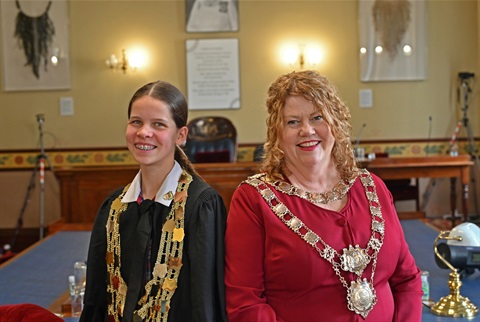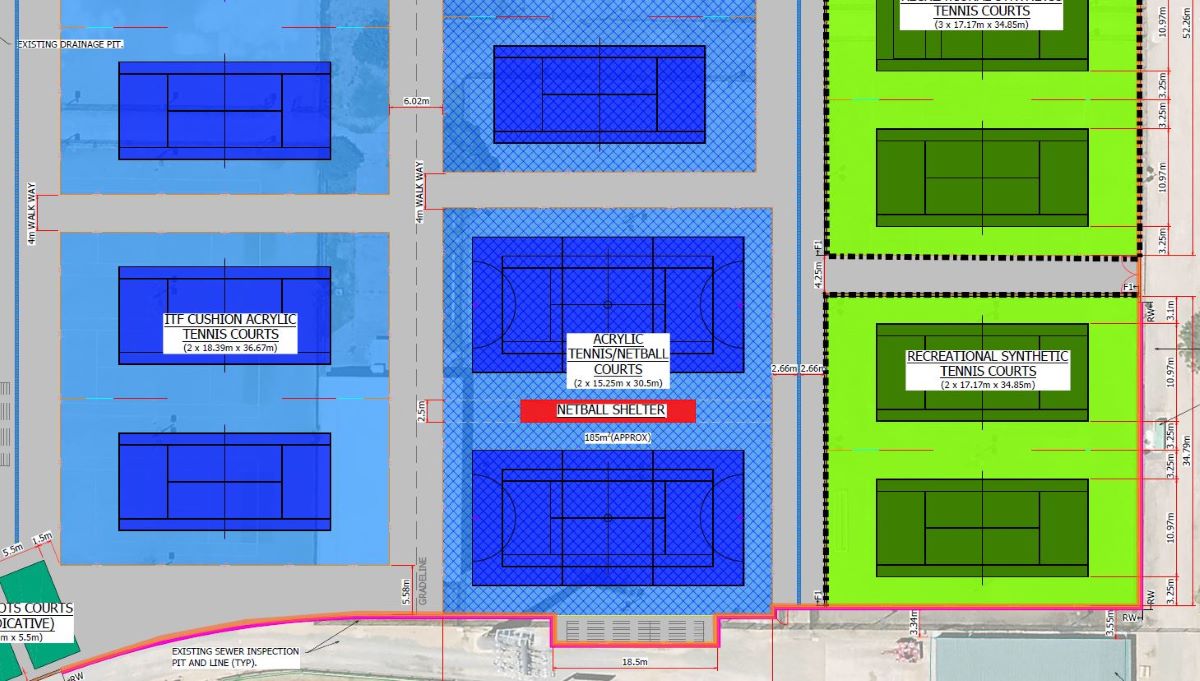The rich diversity of ethnicities that make up New Zealand’s population is shown in 2018 Census data released recently as ethnic group summaries, Stats NZ said today.
2018 Census data has made information available for over 160 ethnic groups with more than 100 people living in New Zealand at the time of the census. This enables users to gain a deeper understanding of the different ethnicities that make up our population.
“Anyone can use our 2018 Census ethnic group summaries to learn very quickly about the different ethnicities that make up our population,” senior manager census insights Susan Hollows said.
The online tool shows the characteristics of the large range of ethnic groups living in New Zealand in an easy-to-understand format. Smaller ethnic groups can be compared with the higher-level ethnic groupings that they sit within, or with the total New Zealand population.
The summaries provide information about the ethnic groups living in New Zealand, grouped into five themes:
- Population characteristics
- Ethnicity, culture, and identity
- Health
- Work, income, and unpaid activities
- Education and training.
While the tool is available now, the 2018 Census ethnic groups dataset has been available since 30 June.
A case study of 2018 Census ethnic group summaries: MELAA
There are six major ethnic groups in New Zealand: European, Māori, Pacific peoples, Asian, MELAA (Middle Eastern / Latin American / African), and ‘Other ethnicity’.
The six major ethnic groups in New Zealand, 2006, 2013, and 2018 Censuses | |||
| 2006 (%) | 2013 (%) | 2018 (%) | |
| European | 67.6 | 74.0 | 70.2 |
| Māori | 14.6 | 14.9 | 16.5 |
| Pacific peoples | 6.9 | 7.4 | 8.1 |
| Asian | 9.2 | 11.8 | 15.1 |
| Middle Eastern / Latin American / African | 0.9 | 1.2 | 1.5 |
| Other ethnicity | 11.2 | 1.7 | 1.2 |
We can use the 2018 Census ethnic group summaries to learn more about one of our smallest population groups – MELAA.
According to the 2018 Census, 70,332 people in New Zealand identify with at least one MELAA ethnicity. This is 1.5 percent of the total New Zealand population, up from 1.2 percent at the time of the 2013 Census. MELAA comprises 39 ethnic ‘subgroups’ with populations over 100 people.
Within MELAA, Middle Eastern remains the largest subgroup, with 27,990 people in 2018, while the African subgroup is the smallest, with 16,890 people. The Latin American subgroup has grown faster than either the Middle Eastern or African subgroups. In the last decade, New Zealand’s Latin American population has more than tripled in size, from 6,654 in 2006 to 25,731 people in 2018.
| Ethnic group | 2006 | 2013 | 2018 |
| African | 10647 | 13464 | 16890 |
| Latin American | 6654 | 13182 | 25731 |
| Middle Eastern | 17514 | 20406 | 27990 |
| Total MELAA | 34746 | 46953 | 70332 |
| Age group (years) | Male(%) | Female(%) |
| 0-4 | 9.3 | 9.3 |
| 5-9 | 8.5 | 8.4 |
| 10-14 | 7.1 | 6.7 |
| 15-19 | 6.7 | 6.4 |
| 20-24 | 7.3 | 7.4 |
| 25-29 | 10.7 | 11.5 |
| 30-34 | 12 | 12.8 |
| 35-39 | 10.6 | 10.7 |
| 40-44 | 7.3 | 7.3 |
| 45-49 | 5.9 | 5.6 |
| 50-54 | 4.7 | 4.4 |
| 55-59 | 3.5 | 3.4 |
| 60-64 | 2.5 | 2.3 |
| 65-69 | 1.7 | 1.4 |
| 70-74 | 1 | 0.9 |
| 75-79 | 0.6 | 0.6 |
| 80-84 | 0.3 | 0.4 |
| 85+ | 0.2 | 0.3 |
We can see even more interesting facts when we examine the lowest level of ethnic grouping in a single MELAA subgroup from the 2018 Census data. For example, our Latin American population comprises 11 ethnic groups that have over 100 people. The largest of these lower-level groups are Brazilian and Chilean, followed by Argentinian, Colombian, and Mexican.
| Ethnic group | Male | Female |
| Brazilian | 3246 | 3420 |
| Chilean | 1410 | 1479 |
| Argentinian | 909 | 915 |
| Colombian | 714 | 906 |
| Mexican | 696 | 729 |
| Peruvian | 270 | 381 |
| Uruguayan | 180 | 150 |
| Venezuelan | 75 | 81 |
| Bolivian | 57 | 81 |
| Puerto Rican | 54 | 72 |
| Ecuadorian | 54 | 60 |
Looking at 2018 Census data for the regions where MELAA groups live, the highest proportion live in the Auckland region (51.0 percent), followed by Wellington (13.5 percent) and Canterbury (10.4 percent). The Waikato and Otago regions are also amongst the top places where MELAA ethnic groups live.
About the 2018 Census dataset
We combined data from the census forms with administrative data to create the 2018 Census dataset, which meets Stats NZ’s quality criteria for population structure information.
We added real data about real people to the dataset where we were confident the people should be counted but hadn’t completed a census form. We also used data from the 2013 Census and administrative sources and statistical imputation methods to fill in some missing characteristics of people and dwellings.
Data quality for 2018 Census provides more information on the quality of the 2018 Census data. An independent panel of experts has assessed the quality of the 2018 Census dataset. The panel has endorsed Stats NZ’s overall methods and concluded that the use of government administrative records has improved the coverage of key variables such as age, sex, ethnicity, and place. The panel’s Initial Report of the 2018 Census External Data Quality Panel assessed the methodologies used by Stats NZ to produce the final dataset, as well as the quality of some of the key variables. Its second report 2018 Census External Data Quality Panel: Assessment of variables assessed an additional 31 variables.
In its third report, Final report of the 2018 Census External Data Quality Panel, the panel made 24 recommendations, several relating to preparations for the 2023 Census. Along with this report, the panel, supported by Stats NZ, produced a series of graphs summarising the sources of data for key 2018 Census individual variables, 2018 Census External Data Quality Panel: Data sources for key 2018 Census individual variables.
Quick guide to the 2018 Census (updated 16 September 2019) outlines the key changes we introduced as we prepared for the 2018 Census and the changes we made once collection was complete.
The geographic boundaries are as at 1 January 2018. See Statistical standard for geographic areas 2018.
Definitions and metadata
2018 Census – DataInfo+ provides information about methods and related metadata.
2018 Census information by variable and quality – DataInfo+ provides information about the variables and their quality.
Data quality ratings for 2018 Census variables provides information on data quality ratings.








